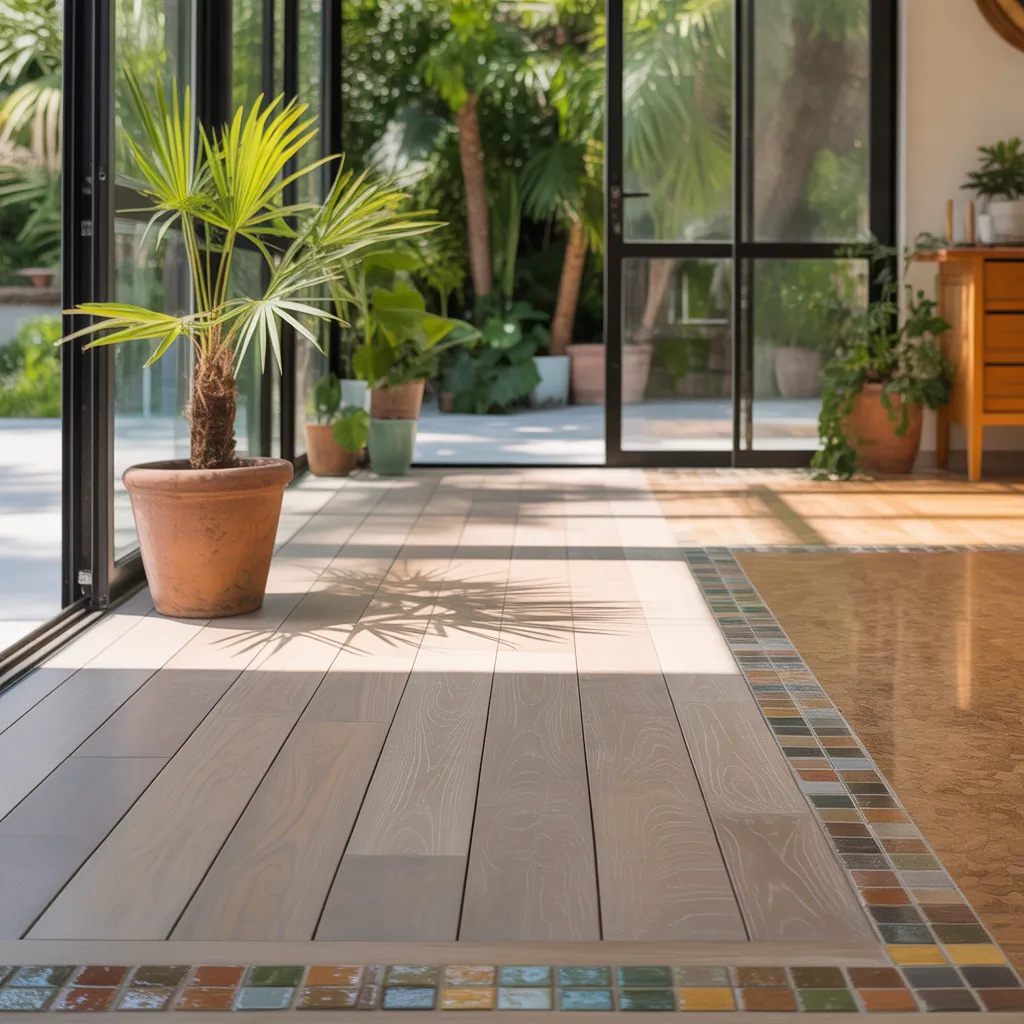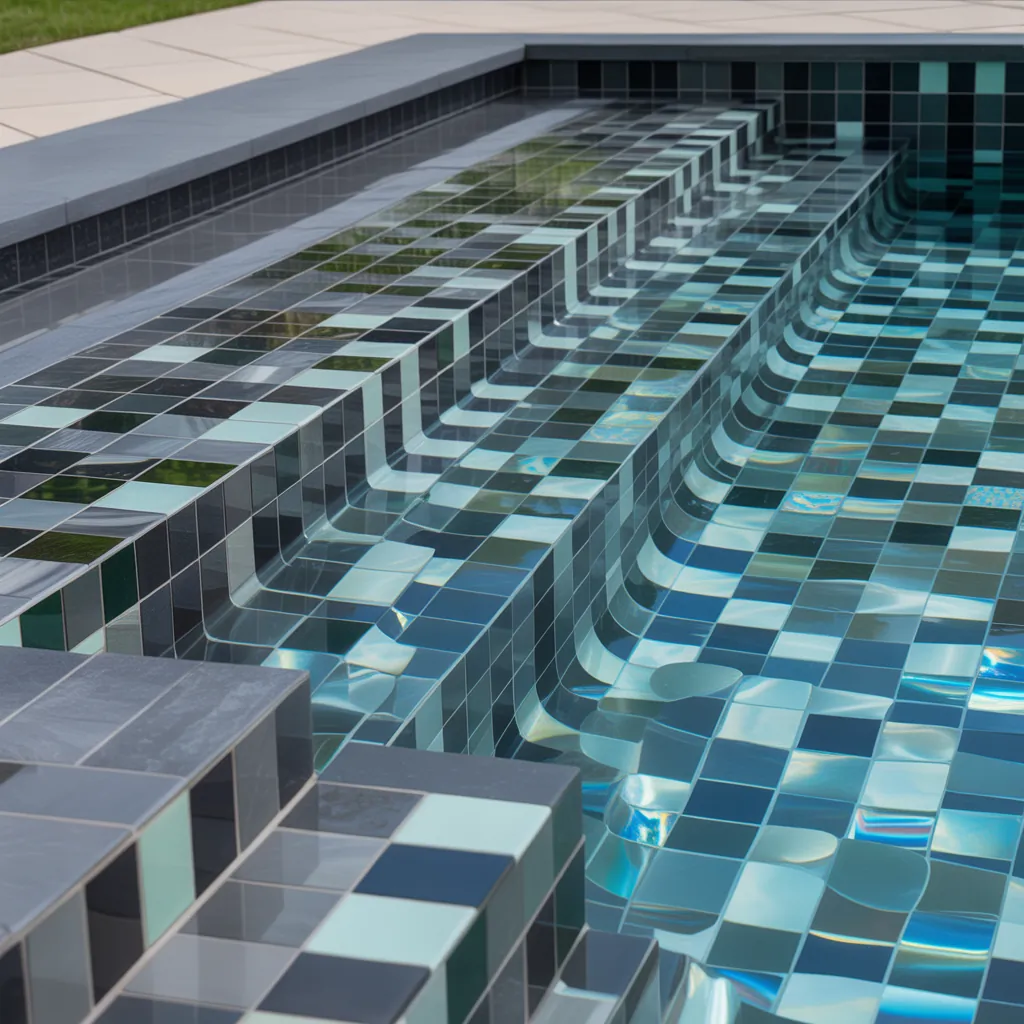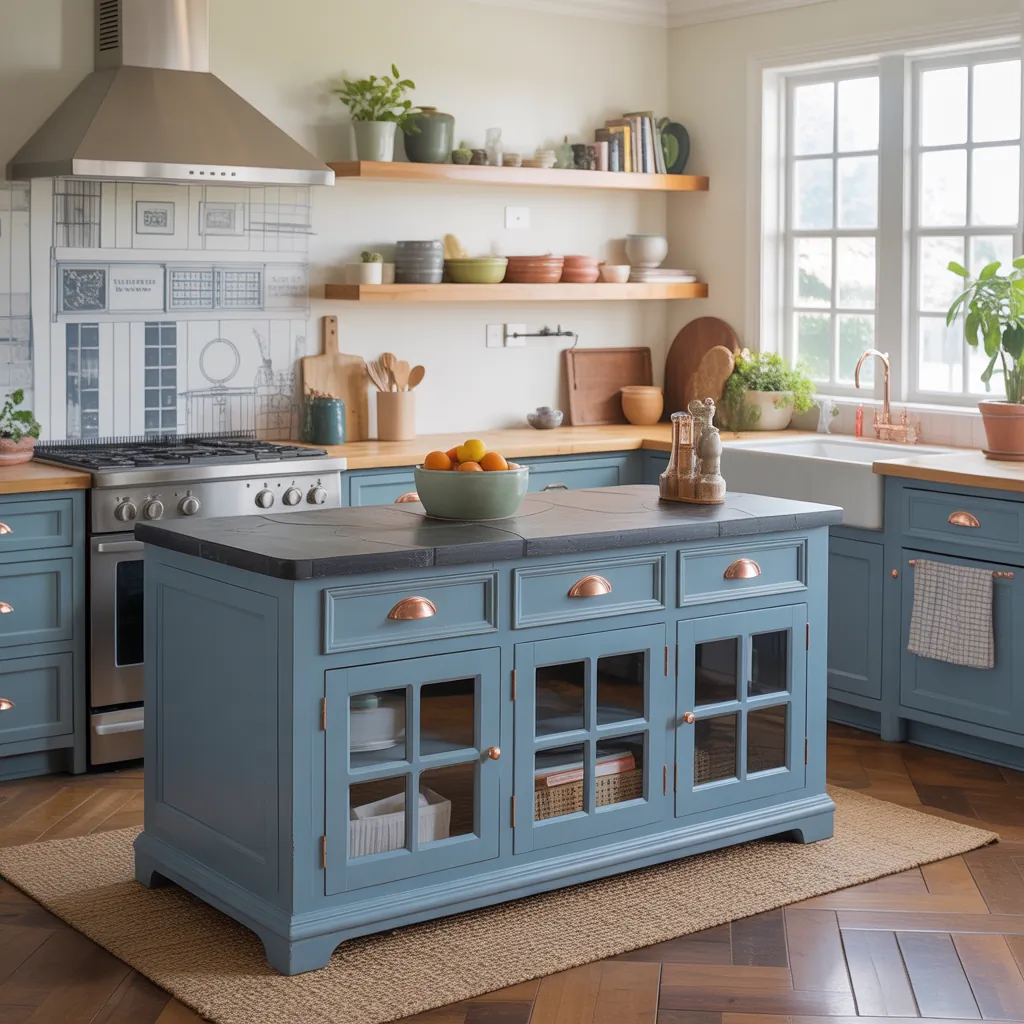Ever stood in your sunroom on a Saturday morning, coffee in hand, and thought, “This floor just doesn’t match the light or my plans”? Whether your current floor is warped from sun and humidity or you’re starting from scratch, choosing the right sunroom flooring idea can make the space feel like an extension of your home—or a sunlit retreat you actually use. In this guide I’ll walk you through durable, attractive options, practical DIY tips, and step-by-step projects so you can upgrade your sunroom with confidence.
Why the right floor matters in a sunroom
Sunrooms face unique challenges: intense UV exposure, temperature swings, humidity, and sometimes direct contact with outdoor elements. That means you need a floor that resists fading, handles expansion and contraction, and is easy to clean. A smart sunroom floor also improves insulation, can accommodate radiant heat, and ties into your decor to create a cozy lounge or multi-use space.
Sunroom Flooring Idea: Choosing the Best Material
Start by asking three questions: How much sun and moisture does the room get? Will you use radiant heat? What’s your budget and desired look? Answering those will point you toward the best materials for your situation.
Common factors to consider
- UV resistance and colorfastness
- Moisture resistance and ability to tolerate condensation
- Thermal expansion—does it work well with sun-heated surfaces?
- Slip resistance, especially if the sunroom doubles as a plant room or entry from the patio
- Maintenance needs and long-term durability
Top sunroom floor materials (pros and cons)
Luxury Vinyl Plank (LVP) / Vinyl Tile
Why it works: Waterproof or water-resistant, affordable, and available in many wood- and stone-look designs. Good for rooms with lots of sun when you pick UV-stable products.
- Pros: Low-maintenance, resilient, easy DIY install, works with radiant heat.
- Cons: Cheap products can fade; choose higher-grade LVP rated for sun exposure.
Porcelain or Ceramic Tile
Why it works: Extremely durable, UV-proof, and ideal if you want a cool tile look. Porcelain is denser and better for sunrooms that will see heavy use.
- Pros: Moisture-resistant, long-lasting, wide design range, compatible with underfloor heating.
- Cons: Cold underfoot unless you install radiant heat; grout needs periodic sealing.
Engineered Hardwood
Why it works: Offers real-wood look with more dimensional stability than solid hardwood. Choose high-quality engineered planks with UV-protective finishes.
- Pros: Warmer, upscale aesthetic, better resistance to humidity than solid wood.
- Cons: Still sensitive to prolonged direct sun—use UV-blocking window treatments and pick a stable product.
Composite Decking or Outdoor Tiles
Why it works: If your sunroom is essentially an enclosed porch, outdoor-grade composite materials can be a great choice—built to withstand sun and moisture.
DIY Installation Tips and Step-by-Step Improvement Ideas
Here are practical, real-world steps for two popular DIY-friendly sunroom flooring projects.
Project A — Installing Luxury Vinyl Plank (LVP)
- Measure the room and buy 10% extra material for waste and pattern matching.
- Acclimate the planks in the sunroom for 48 hours so they adjust to temperature and humidity.
- Prepare the subfloor—clean, level, and repair; LVP needs a flat surface.
- Install recommended underlayment if required (for sound, comfort, and moisture).
- Snap and click planks starting from one corner, leaving expansion gaps around the perimeter.
- Install transition strips where the sunroom meets other flooring and add baseboards or quarter round.
Project B — Laying Porcelain Tile with Radiant Heat
- Plan layout—dry-lay tiles and adjust to minimize tiny cuts at edges.
- Install a decoupling membrane and electric radiant heating mat if desired; follow manufacturer instructions.
- Thinset tile adhesive, set tiles with spacers, and check your level frequently.
- Allow proper cure time, then grout and seal grout lines for moisture protection.
- Test the radiant heat system before finishing trims.
Design Inspiration and Styling Tips
- Blend indoor and outdoor: Use stone-look tile or gray-toned LVP to create a smooth patio-to-sunroom transition.
- Warmth and texture: Add area rugs rated for indoor-outdoor use to soften the floor and define seating areas.
- Mix materials: Use tile in high-traffic zones and engineered hardwood in cozy seating nooks for a layered look.
- Furniture feet: Add protective pads to prevent scratching and use furniture that tolerates temperature changes.
Real-world maintenance and longevity advice
Routine sweeping and using manufacturer-approved cleaners will extend the life of most sunroom floors. For high-sun rooms, consider UV-blocking window films or solar shades to reduce fading and thermal stress. If you have significant condensation or flooding risk, prioritize waterproof materials and raised thresholds to protect interior spaces.
Frequently Asked Questions
1. What is the best flooring for sunrooms with lots of sun?
Porcelain tile and high-quality LVP are top picks because they resist UV damage and moisture. Engineered hardwood can work if you select UV-stable finishes and control direct sun with shades.
2. Can I install radiant heat under sunroom floors?
Yes. Porcelain tile and many LVP products are compatible with electric or hydronic radiant heating. Check manufacturer guidelines and ensure proper installation to avoid warranty issues.
3. How do I prevent my sunroom floor from warping or fading?
Choose materials rated for sun exposure, allow for expansion gaps, acclimate products before installation, and use window treatments or UV films to reduce intense direct sunlight. Regular maintenance also prevents premature wear.
Conclusion: Ready to try this sunroom flooring idea?
Picking the right sunroom flooring idea boils down to matching material performance to your room’s conditions and your lifestyle. Whether you opt for tile, LVP, or engineered hardwood, the right prep and a few DIY skills will give you a beautiful, long-lasting sunroom floor. Want step-by-step project plans for your next weekend upgrade? Check out our DIY projects for more tutorials, or browse related inspiration on home design ideas and smart kitchen upgrades that complement your new sunroom style. Ready to get started? Grab your tape measure, pick a material, and make that sunroom shine.



